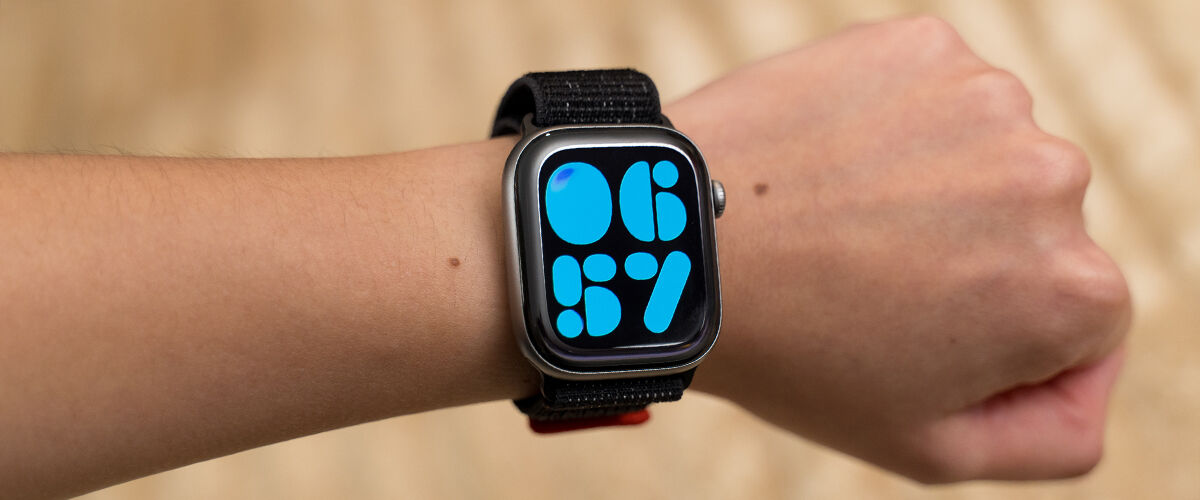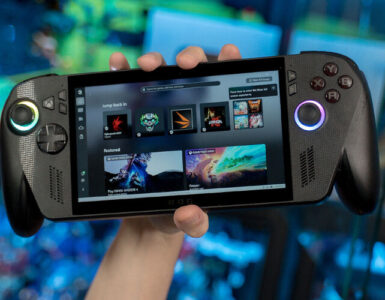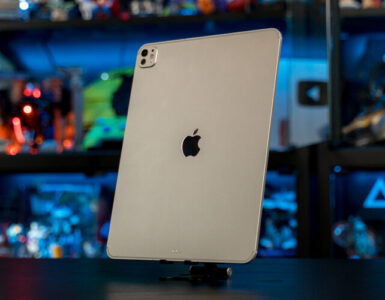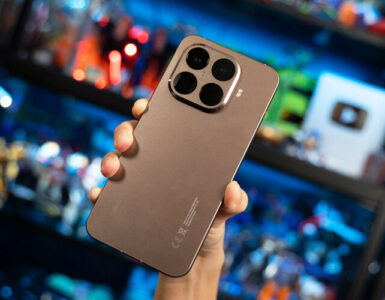After 11 generations, there’s only so far Apple’s smartwatch upgrades can go. ECG measurements? Check. Fall detection? Been there, done that. Last year’s lineup added sleep apnea detection to the list, expanding an already holistic set of health tracking and fitness features, and the latest Apple Watch Series 11 continues the quest for better health monitoring with Hypertension Notifications.
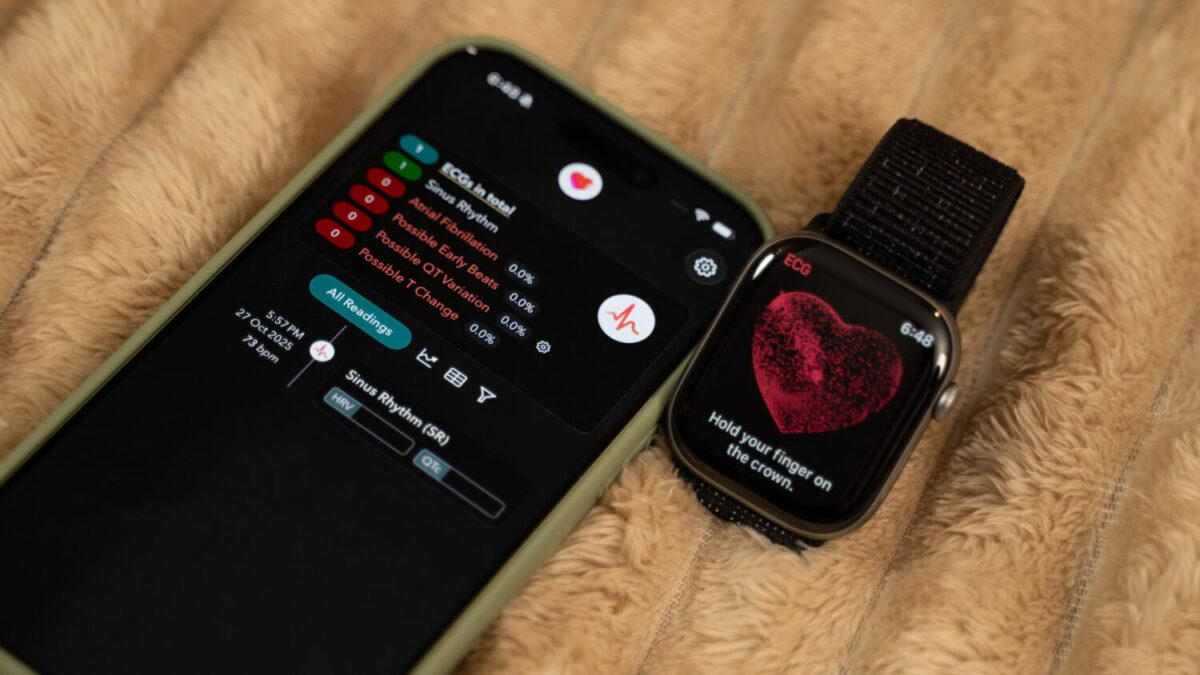
For the most part, though, much of the Apple Watch DNA remains unchanged. The device shares the same hardware specifications and aesthetics as its predecessor, coming in as the least outstanding when stacked against its 2025 Watch SE 3 and Watch Ultra 3 brethren – the former represents a major step-up from the previous generation, while the latter delivers everything the Series 11 has to offer, on top of satellite connectivity. It’s representative of the “If it ain’t broke, why fix it?” rhetoric, but it also begs the question: Are there enough differences and upgrades to support three different versions of one thing?
Where there are improvements, though, the Cupertino giant ensures they count, cementing the main Apple Watch as a forerunner in the wearable tech race. New to the 2025 range, and marking a shift in focus from health tracking to wellness, is Sleep Score, which turns slumber-related data into an easily digestible affair. While the ability to measure how well a night’s rest can be is hardly new to the market, Apple now offers intuitive, actionable insights beyond a flat score, with general findings in the form of three colour-coded rings that represent a core metric – duration, interruptions, and bedtime consistency. So getting 10 hours of sleep is hardly the solution, as you have to consider the number of times you woke up, and whether you went to bed at the same time during the week or month.
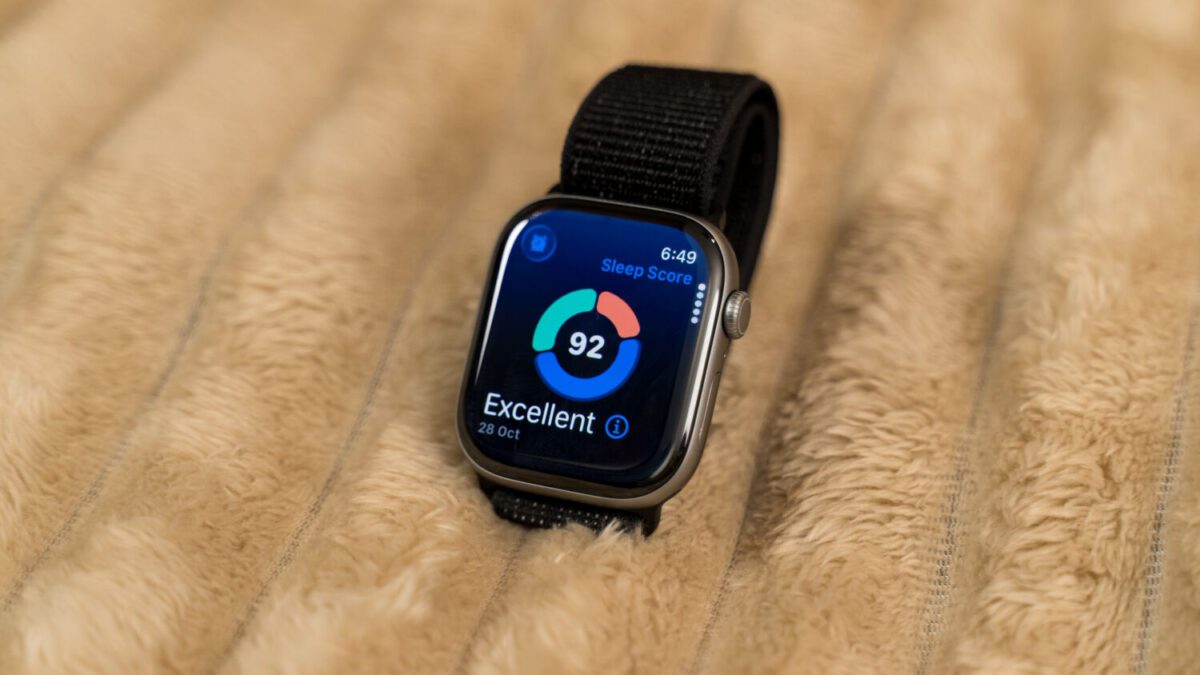
Each of these metrics is tied to a max score of 50, 20, and 30, respectively, adding to a tally out of 100 and sorted into different tiers, starting with Very Low (0 to 29) and Low (30 to 49), followed by OK (50 to 69), High (70 to 89), and Excellent (90 to 100). For the most part, Sleep Score aligned with the extent of restfulness the next day, where decreased energy levels and a sluggish feeling, for instance, often followed lower-number readings. Meanwhile, a higher score indicating better-rested nights was reflected through a clearer mind and a livelier demeanour the following day. More impressively, the watch can accurately detect the first hints of dozing off and waking up, remaining consistent across the board.
In terms of hardware performance, battery life is the main highlight, even if it may not be anything to write home about at first glance, especially since Apple Watch Series 11 still lags behind some of the competition that measure single-charge use in days and weeks. For longtime users, extended battery life takes on a different significance, as this marks the first time that a member in the family has exceeded the usual 18-hour mark, clocking in at an estimated 24 hours.
The ballpark figure proved conservative for both slow and busier days in real-world testing. Over a stay-at-home weekend, the watch lasted through sleep tracking after sporadic messaging and a two-hour workout session, dipping to 50 percent of its full charge the following morning (between 10.30 to 11am). From there, it ran out of juice in the early wee hours, putting the total runtime at around 32 hours with Always-On display enabled.
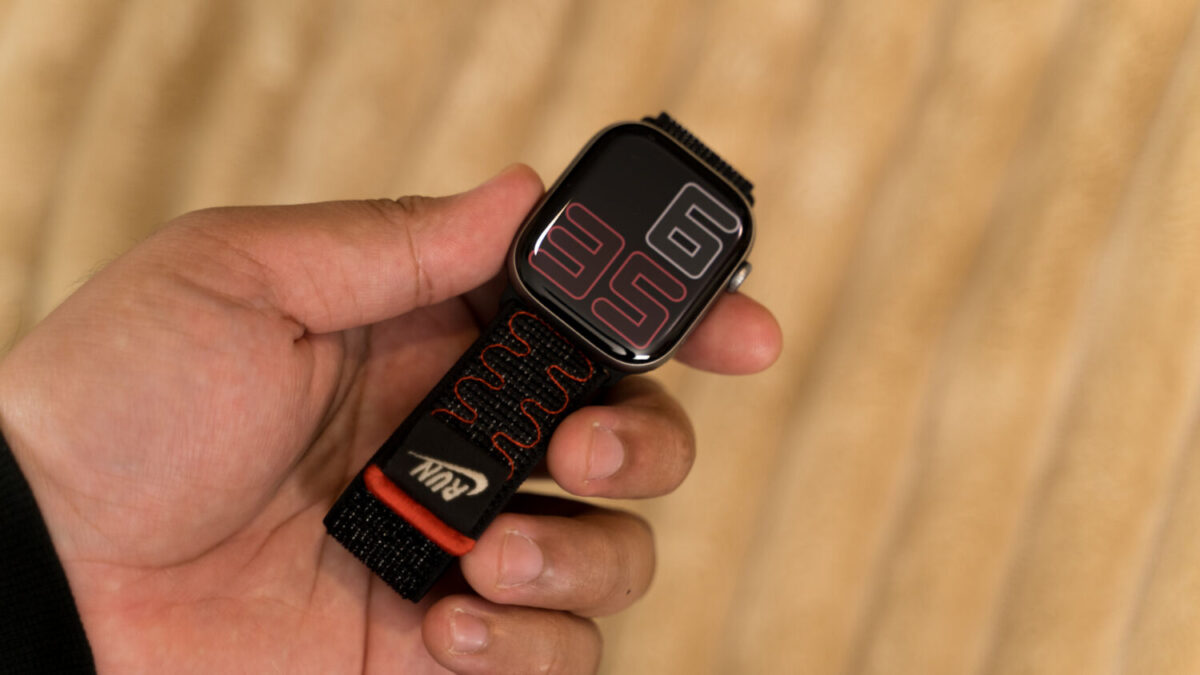
Naturally, the mileage differed when put through its paces during gamescom asia X Thailand Game Show 2025, where other factors contributed to the faster battery drain, such as reading emails, navigating Apple Maps, texting on multiple communication apps, and tracking daily activity stats. The Series 11 could still hold its own, however, comfortably powering through the entire day, leaving little room for doubt that it can survive regular work hours.
Also keeping battery anxiety at bay is the improved fast-charging. A mere 10 to 15 minutes is sufficient to eke out a night’s rest, and a full recharge took less than an hour (and faster via the official Apple-supplied power brick), making it more convenient to charge during less-than-ideal periods, with the first half of the bar filling quicker than the second. More than just a quality-of-life update, the extended battery life is a practical game-changer that’s been a long time coming.
What’s not as straightforward, however, is pulling up the data on the Watch, or rather, from the Health app. Only the current day’s results are shown, and none for previous days, which means users will have to access past readings through the Health app on the phone, requiring more work than just swiping across on the Watch screen. Some of the data recorded and displayed isn’t always easy to navigate to on the small display, either.
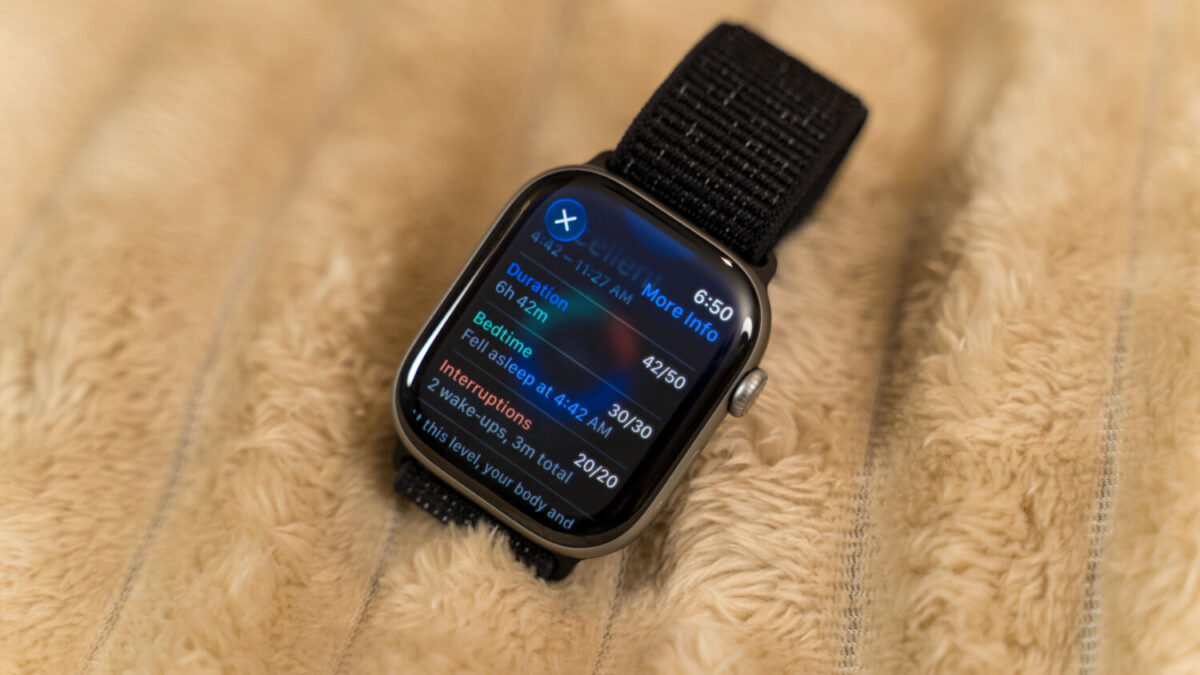
Case in point: Sleep Interruption data is nested within the dedicated Sleep graph, instead of being located in the category tab or the general overview directly, which would have eliminated the need for all that additional tapping. It’d be nice, too, if there were an option to add notes to the score cards for personal reference in specific use cases, such as during red-eye or long-haul flights, where sleep quality is typically affected.
Hypertension Notifications differ in that no day-by-day readings will be recorded, since it’s designed for the long term. Similar to sleep apnea detection, the feature uses the optical sensor to identify and analyse pattern changes over the course of 30 days, alerting users if signs of chronic high blood pressure are detected. There wasn’t an opportunity to test it out, as its 8 October rollout in Singapore has yet to hit the 30-day mark, but expanding an already comprehensive selection of health-tracking offerings is always a good thing.
Here’s the catch – as part of the watchOS suite, both Sleep Score and Hypertension Notifications aren’t exclusive to Apple’s latest-gen smartwatch, docking some points off the value department with the new hardware. Workout Buddy, a new feature that leverages Apple Intelligence to provide personalised, real-time motivation during workouts, is also a bit of a hit-or-miss, requiring an iPhone 15 Pro or later to work (not the best start for users of older iterations or for those who don’t bring their phones out on runs), and with little breathing room between heart rate notifications, which can be a little grating if the user’s heart rate often fluctuates between the upper and lower threshold when running.
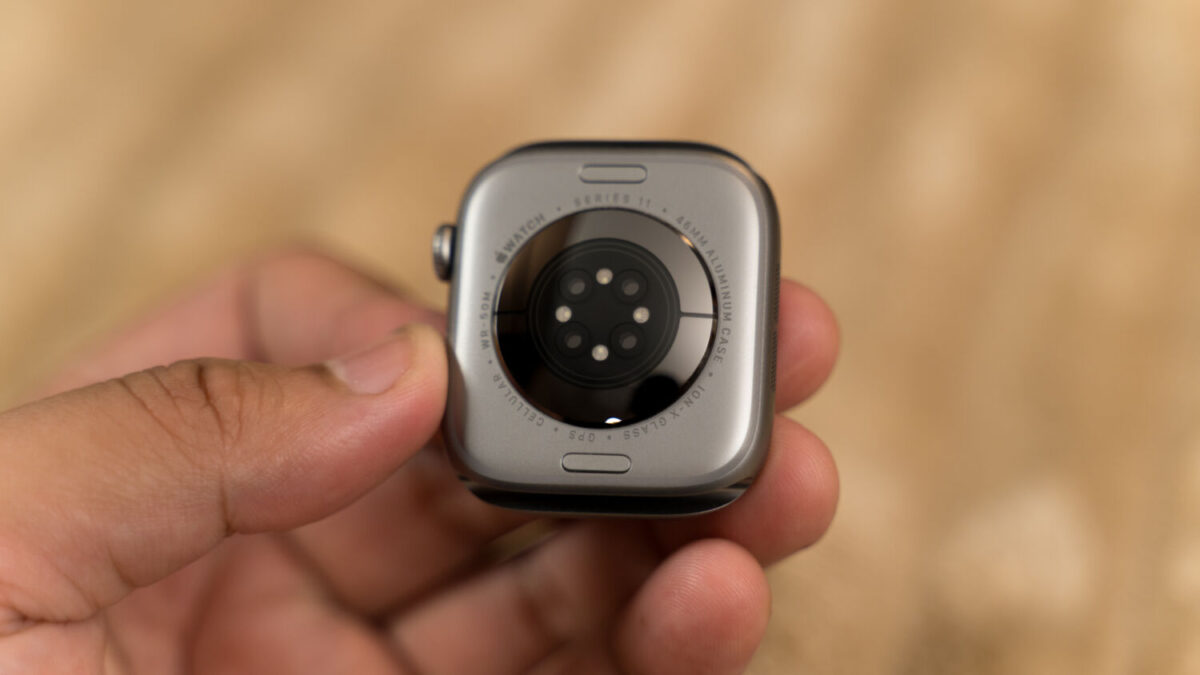
Still, it has its moments. For individuals looking to start working out or who are new to it, the audio cues, now with a more natural-sounding voice, are an encouraging start, and the Autoplay Media feature offers a refreshing alternative to the same old playlists. Some may point to the Ultra 2 for coaching guidance, but it’s a bit of an overkill for casual fitness enthusiasts, so access to some coaching basics would be welcome here.
Elsewhere on the software front, the Series 11 ships with the redesigned Liquid Glass language that brings an almost-translucent look to widgets, pop-up windows, and other corresponding interface elements across its various operating systems. This calls for the introduction of the new Flow digital face, boasting a minimalist, bubble-glass design that responds to movement (and unfortunately, can be a little difficult to read), and its analogue counterpart, Exactograph, which displays time in hours, minutes, and seconds and includes customisation options.
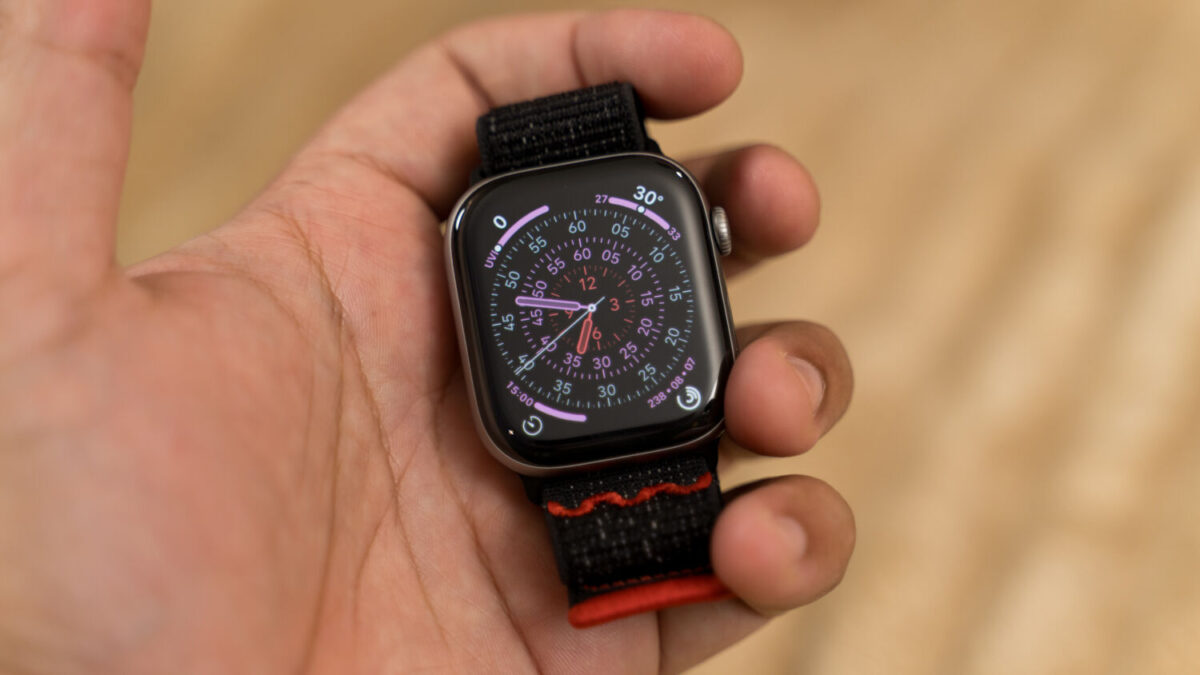
There’s also Wrist Flick, used to dismiss calls, notifications, and the like, or return to the home screen, and Double Tap for performing actions like widget scrolling and playing media by tapping the index finger to the thumb twice. Both prove nifty for one-handed use and work without a hitch, although the former was employed more frequently during the review period and comes in as the preferred gesture.
Rounding out the Series 11 experience is the familiar sense of fluidity that comes with navigating on its 42mm or 46mm watch face. Powered by the same S10 chip as its predecessor, comprising a dual-core GPU, CPU, and a 4-core Neural Engine, the latest Apple Watch is responsive and runs both first- and third-party apps smoothly. The sleek design has been carried forward, measuring 9.7mm thin and weighing a negligible 0.3 grams more, making it a comfortable, lightweight fit on the wrist, even for someone who isn’t the biggest fan of wearing a smartwatch to bed.
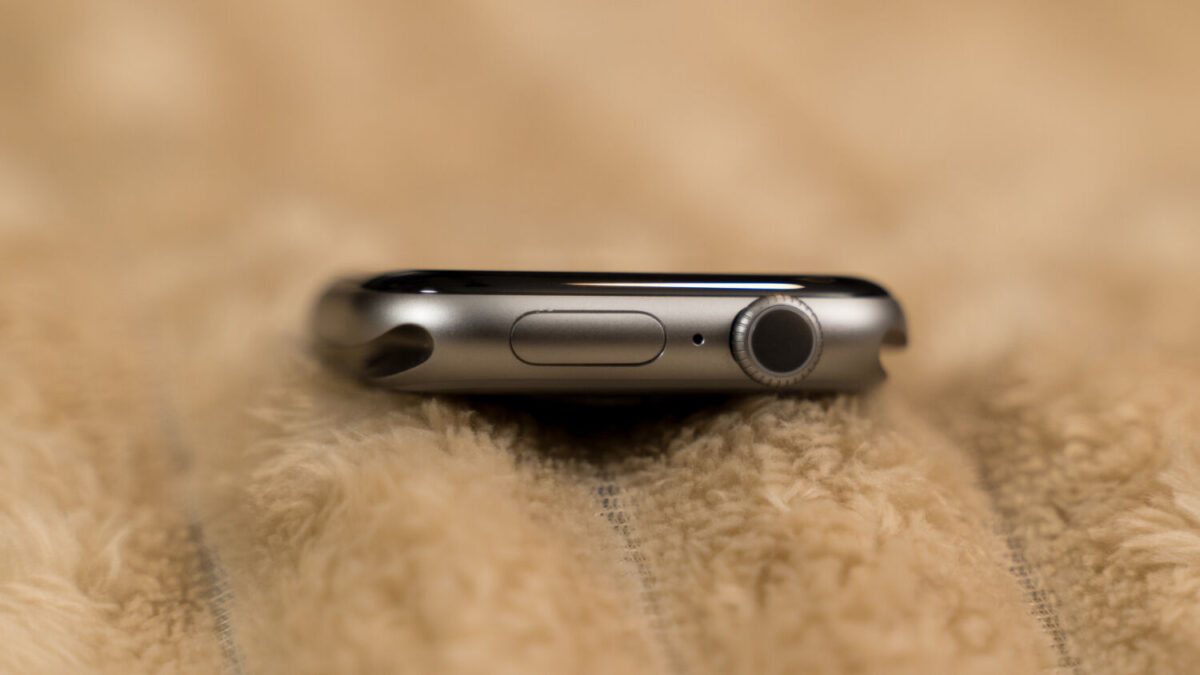
Likewise, the wide-angle OLED display retains a peak brightness of 2,000 nits and a resolution of 374 by 446 pixels for the smaller iteration and 416 by 496 pixels for the larger variant. The only difference is that the cover is now updated to Ion-X glass, touted to be twice as scratch-resistant as before, and users will be hard-pressed to tell the Series 10 and Series 11 apart.
At S$599 for the base model, the device occupies an awkward spot as the middle child. The longer battery life is a welcome, if overdue, implementation, and the iterative upgrades are more meaningful than they seem. Compared to the SE3, however, refinement is in short supply, making it more difficult to recommend for owners of newer Apple Watches or everyday enthusiasts, who will get the same great value from the entry-level model. That said, the Series 11 is nothing short of competent and reliable, widening the lead Apple already enjoys in the pursuit of health and fitness excellence.
GEEK REVIEW SCORE
Summary
The Apple Watch Series 11 doesn’t reinvent the wheel, and instead improves on a winning formula that continues to reinforce the importance of health tracking and monitoring. Barring the battery gains, there’s little incentive for existing Series 10 users to upgrade, but those coming over from older-gen iterations can look forward to reaping the benefits in full.
Overall
8.7/10-
Aesthetics - 8.5/10
8.5/10
-
Build Quality - 9/10
9/10
-
Performance - 9/10
9/10
-
Value - 8/10
8/10
-
Geek Satisfaction - 9/10
9/10

